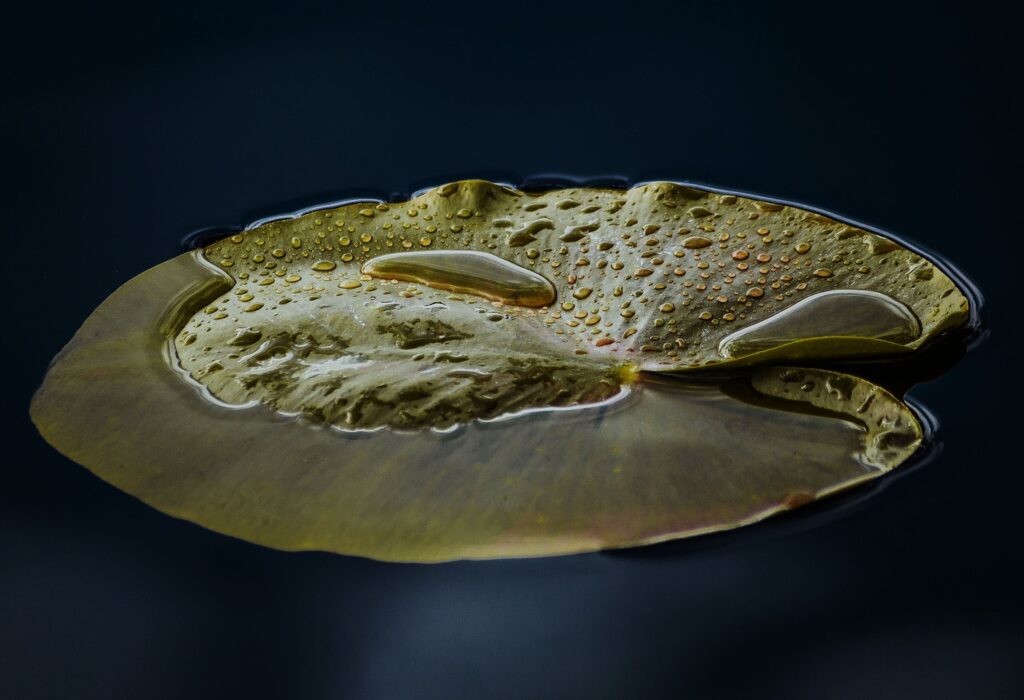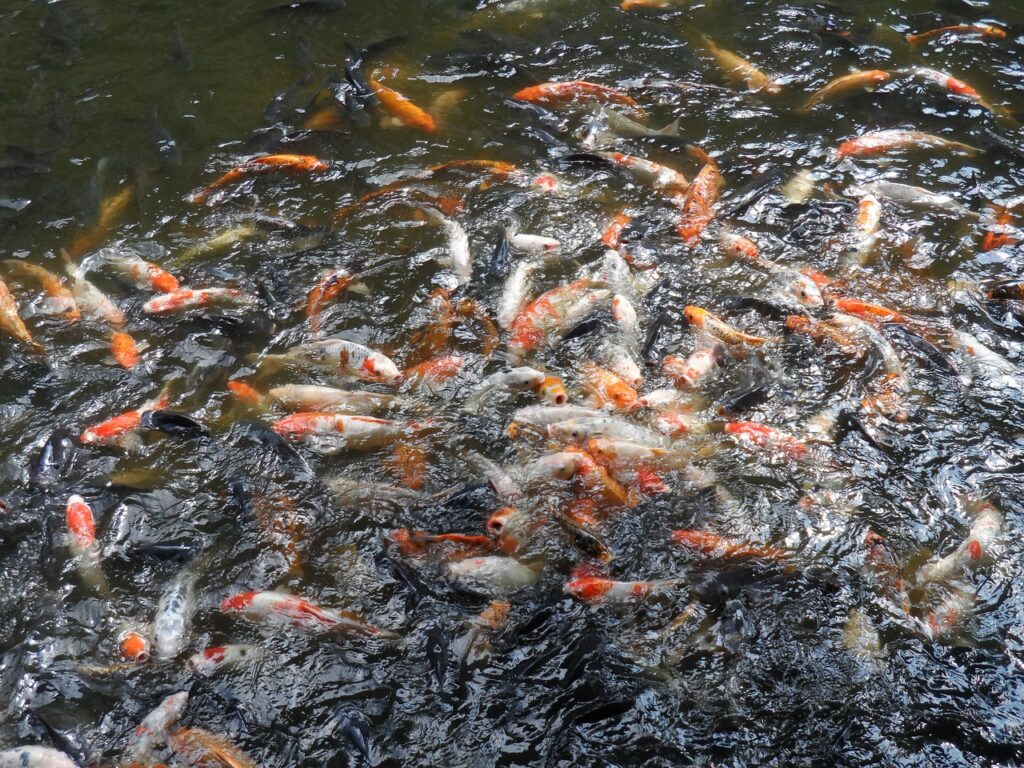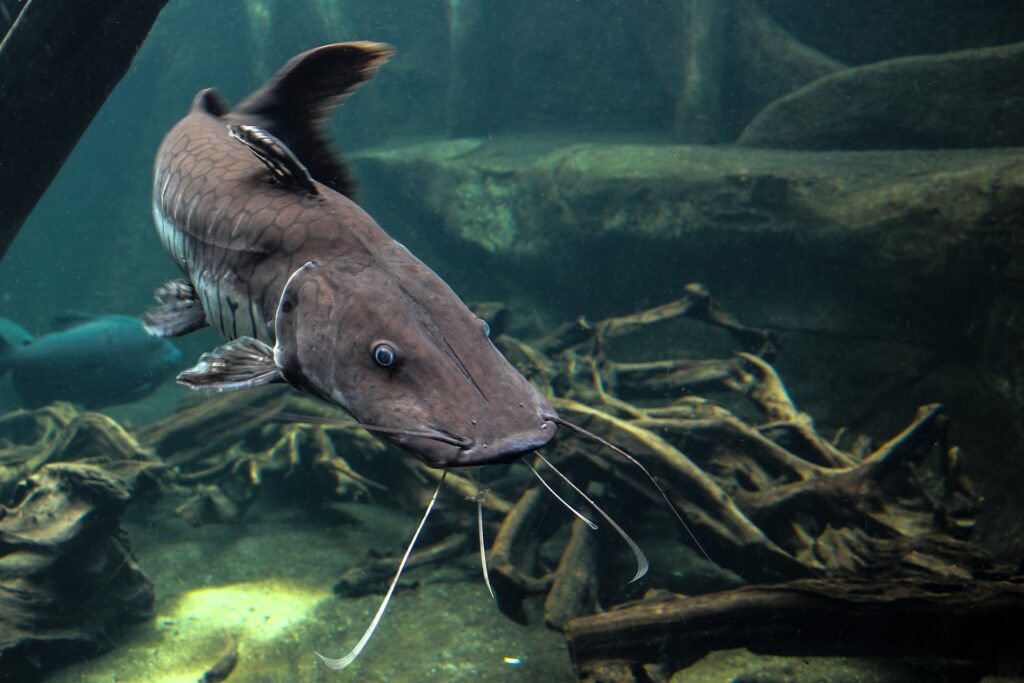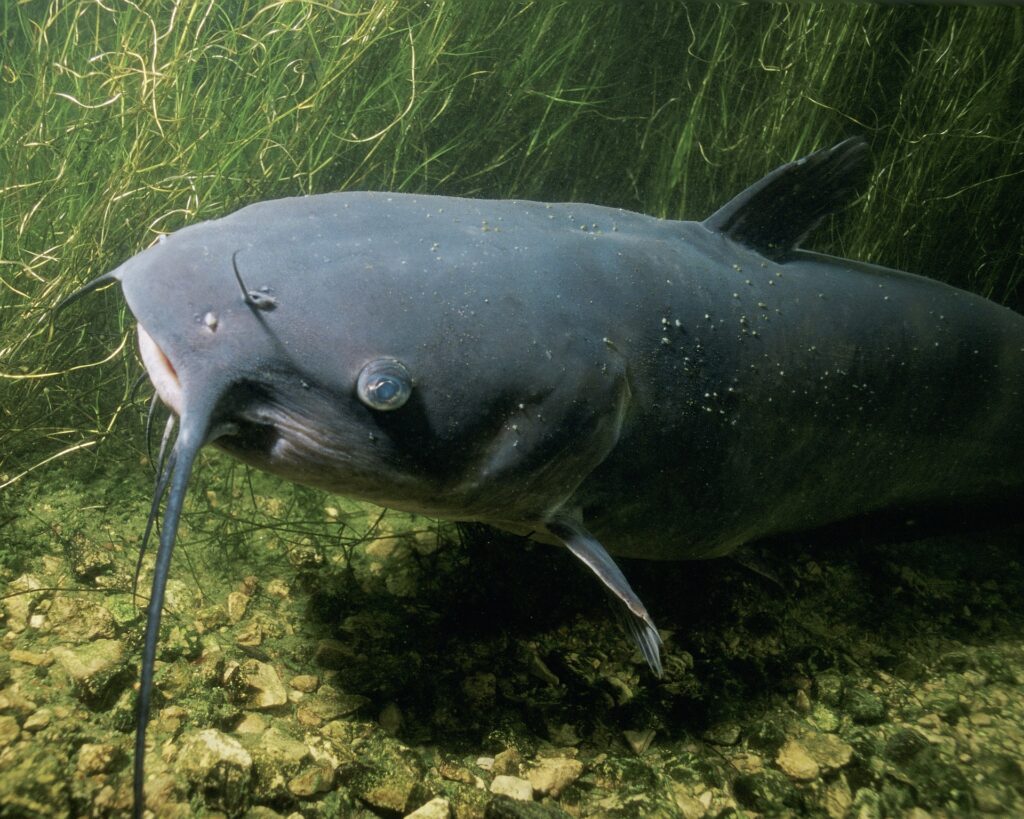Picture this scenario: you are sitting by the tranquil edge of a shallow pond, surrounded by lush greenery and the gentle sound of rustling leaves. As you ponder the wonders of nature, a question suddenly crosses your mind: would catfish survive in a shallow pond, could these fascinating creatures actually thrive in that type of environment?
Today, we will explore the intriguing possibility of catfish navigating the intricate balance between life and survival in a shallow pond. Get ready to uncover the mysteries of these resilient aquatic beings and discover if they truly have what it takes to conquer the challenges of a shallow habitat.

Introduction
Welcome to this comprehensive article on the topic of whether catfish can survive in shallow ponds. If you’re curious about catfish and their adaptability, requirements for survival, advantages and potential challenges they may face in shallow ponds, as well as case studies, management strategies, and ecological impact, you’ve come to the right place! So, let’s dive into the fascinating world of catfish and explore their relationship with shallow ponds.
Characteristics of Catfish
Before we delve into the topic of catfish survival in shallow ponds, let’s take a look at some key characteristics of these remarkable creatures.
Physical Characteristics
Catfish are easily recognizable due to their distinctive appearance. They typically have long, slender bodies covered in smooth, scaleless skin. Their mouths are equipped with barbels, which resemble whiskers and are used to help them locate food in low-visibility environments. These barbels are particularly handy in murky waters where catfish often reside.
Behavioral Characteristics
Catfish are predominantly nocturnal creatures, meaning they are most active during the night. They have a remarkable sense of smell, which helps them locate food even in dark or turbid waters. Catfish are also known for their bottom-dwelling behavior, as they often prefer to remain close to the substrate, where they search for prey and hide from potential predators.
Adaptability
One of the remarkable features of catfish is their ability to adapt to various aquatic environments. They can be found in rivers, lakes, ponds, and even some coastal areas. Some species of catfish have also successfully established themselves in non-native environments, indicating their impressive adaptability.
Requirements for Survival
To better understand whether catfish can thrive in shallow ponds, we need to examine their specific requirements for survival.
Water Conditions
Catfish typically thrive in freshwater environments characterized by stable water conditions. They prefer oxygen-rich water with moderate to low flow. Shallow ponds, depending on their size and volume, may offer suitable conditions, especially if they are well-maintained and have access to regular water replenishment.
Food Sources
Catfish are opportunistic feeders, meaning they consume a wide variety of food sources. Their diet often includes small fish, aquatic insects, crustaceans, and even plant matter. In shallow ponds, catfish may find an ample supply of prey due to the presence of other small fish, insects, and potentially abundant plant life.
Predator Control
To survive in any environment, catfish need suitable predator control. In shallow ponds, potential predators may include larger fish species, birds, and even mammals. The presence of underwater structures and vegetation can provide hiding spots for catfish, reducing their vulnerability to predation.
Advantages of Shallow Ponds
Shallow ponds can offer several advantages for catfish populations, potentially contributing to their survival and growth.
Warmer Water Temperatures
Shallow ponds tend to warm up more quickly than deeper bodies of water. This can create a favorable environment for catfish, as they generally prefer warmer water temperatures. Higher water temperatures can boost their metabolism, enhance their reproductive capabilities, and facilitate faster growth rates.
More Vegetation
Shallow ponds often boast a higher presence of aquatic vegetation compared to deeper lakes or rivers. This vegetation provides cover and food sources for catfish, attracting prey organisms and creating an ecosystem that catfish can thrive in.
Ease of Catching Prey
Shallow ponds, with their relatively small size and limited depth, can create environments where prey organisms are concentrated in smaller areas. This makes it easier for catfish to locate and capture their food, increasing their chances of survival and successful reproduction.

Potential Challenges for Catfish
While shallow ponds offer certain advantages, they also present unique challenges that catfish must overcome to thrive in these environments.
Limited Space and Depth
The confined space and limited depth of shallow ponds can be a disadvantage for catfish. Their mobility may be restricted due to the restricted swimming area, potentially limiting their ability to find suitable habitats, mate, or escape from predators.
Water Quality Issues
Shallow ponds are more susceptible to fluctuations in water quality compared to larger bodies of water. Factors such as temperature fluctuations, increased nutrient levels, and algae blooms can impact the overall water quality. Catfish, like other aquatic species, may struggle to survive in water with poor quality or imbalanced chemical compositions.
Vulnerability to Predation
In shallow ponds, catfish may face an increased risk of predation compared to deeper bodies of water. With limited hiding spots and potentially higher predation pressure, their survival rate can be compromised. This vulnerability to predation may hinder the establishment and growth of catfish populations in shallow ponds.
Case Studies
To gain a better understanding of catfish survival in shallow ponds, let’s examine some case studies that highlight both successful and unsuccessful attempts.
Successful Catfish Populations in Shallow Ponds
In certain regions, catfish have successfully established themselves in shallow ponds. These self-sustaining populations demonstrate that with suitable conditions and careful management, catfish can thrive in these environments. Factors contributing to their success often include proper stocking, regular monitoring, and predator control measures.
Unsuccessful Attempts to Establish Catfish in Shallow Ponds
In other cases, attempts to introduce and maintain catfish populations in shallow ponds have been less successful. Factors such as inadequate stocking, poor water quality management, and high predation rates have led to population decline or even complete eradication of catfish in these environments. These cases underscore the importance of proper management strategies to ensure the survival of catfish in shallow ponds.

Management Strategies
To enhance the chances of catfish survival in shallow ponds, several management strategies can be implemented.
Stocking and Monitoring
Proper stocking of catfish populations in shallow ponds is crucial. The number of individuals introduced should be carefully calculated based on the pond’s capacity to support them. Regular monitoring of population size, growth rates, and overall health can provide valuable insights for managing catfish populations in these environments.
Improving Water Quality
To mitigate potential challenges related to water quality, efforts should be made to maintain high water quality standards in shallow ponds. This can be achieved through strategies such as regular water testing, nutrient management, proper aeration, and the implementation of filtration systems if necessary.
Predator Control Measures
Predator control is essential to reduce predation pressure on catfish populations in shallow ponds. Strategies can include the introduction of predator fish species, creation of hiding spots through the placement of underwater structures, or the implementation of floating cover to protect juvenile catfish from aerial predators.
Ecological Impact
The presence of catfish in shallow ponds can have both positive and negative effects on native species and the overall ecosystem.
Effect on Native Species
Catfish, as opportunistic feeders, may compete with native fish species for food resources. Their introduction can potentially disrupt the natural balance and lead to changes in the abundance and distribution of native fish populations. It is important to carefully evaluate the ecological impacts before introducing catfish to shallow ponds with existing native species.
Potential for Overpopulation
If left uncontrolled, catfish populations in shallow ponds have the potential to overpopulate. This could result in negative ecological consequences, such as excessive predation on native species, nutrient overload, and imbalances in the food web. Proper monitoring and management of catfish populations are necessary to prevent such issues from arising.

Would Catfish Survive In A Shallow Pond
In conclusion, the survival of catfish in shallow ponds is influenced by a combination of factors, including physical and behavioral characteristics of the catfish, water conditions, food sources, predator control, and effective management strategies.
While shallow ponds offer advantages such as warmer water temperatures, abundant vegetation, and ease of catching prey, they also present challenges such as limited space, potential water quality issues, and vulnerability to predation.
By implementing appropriate management strategies and considering the potential ecological impact, it is possible to create an environment where catfish can successfully survive and thrive in shallow ponds.
We hope you enjoyed this article and take some of the information away with you. Take a look at ‘How Deep Does A Fishpond Need To Be To Keep Fish Alive‘.
